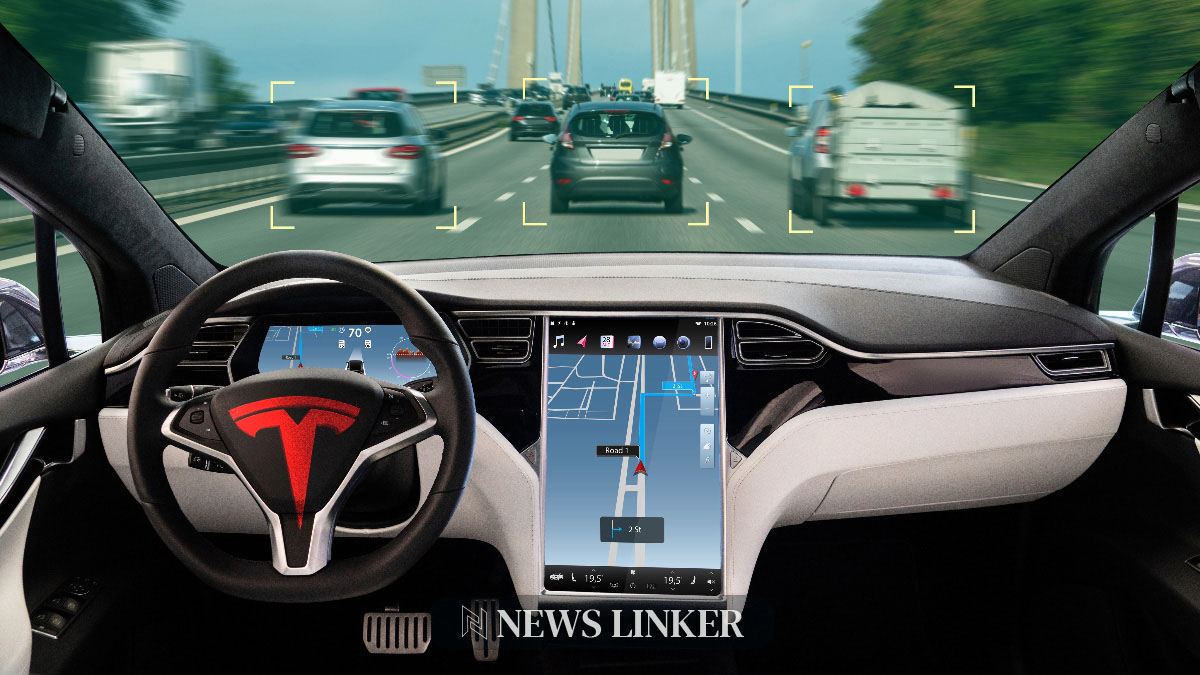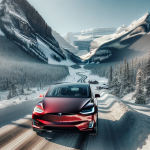Tesla‘s exploration into the potential addition of a Crab Walk feature to its Cybertruck underscores the automaker’s commitment to innovation, even as it ultimately decides against the feature. Crab Walk, which allows a vehicle to move diagonally thanks to four-wheel steering, has been showcased by General Motors in its HUMMER EV. However, Tesla concluded that the feature didn’t enhance the driving experience to a significant extent and opted not to integrate it into the Cybertruck design, focusing instead on other technological enhancements.
Background of Crab Walk in Automotive Industry
Crab Walk technology, which has been a notable feature in GM’s HUMMER EV, allows for lateral vehicle movements that can assist in complex parking and off-roading scenarios. This feature operates at very low speeds, offering unique maneuverability. Despite its innovative appeal, the practicality of Crab Walk is limited, and it represents a significant engineering challenge to implement effectively without compromising the vehicle’s conventional handling characteristics.
Comparison to Other Tesla Innovations
In contrast to some other innovative features Tesla has successfully integrated, such as the steer-by-wire system that has received positive feedback for enhancing handling dynamics, the Crab Walk was deemed less impactful. Tesla’s engineering evaluation, led by Wes Morrill, involved testing the feature but the team found it awkward and of little practical use, leading to its exclusion from the final design of the Cybertruck.
Insights from the Automotive Sector
Further insights into four-wheel steering systems can be garnered from articles such as “Exploring Advanced Steering Systems in Modern EVs” by AutoTechReview and “The Rise of Specialized Off-Road Features in Electric Vehicles” by EcoDrive. These articles discuss the broader adoption and implications of such technologies in electric vehicles, highlighting both the opportunities and challenges they represent. AutoTechReview delves into how these systems are being integrated into various models beyond just high-end vehicles, indicating a trend towards enhanced maneuverability in urban environments. EcoDrive, on the other hand, focuses on the customization of electric vehicles for off-road capabilities, suggesting a growing market for specialized features like the Crab Walk.
Useful Information
- Crab Walk aids in lateral movements but is limited by speed constraints.
- Tesla prioritizes features based on broad utility and driver experience enhancement.
- Steer-by-wire in Cybertruck has received positive feedback for improving maneuverability.
In evaluating the decision by Tesla not to include Crab Walk in the Cybertruck, it’s clear that the company prioritizes innovations that offer significant enhancements to user experience and vehicle performance. Tesla’s approach to feature selection underscores a commitment to practical innovations over novelty. The steer-by-wire system remains a highlight in the Cybertruck, appreciated for its impact on driving dynamics. As electric vehicle technology advances, the focus on integrating only the most impactful features will likely continue to influence design and development strategies in the automotive industry.










